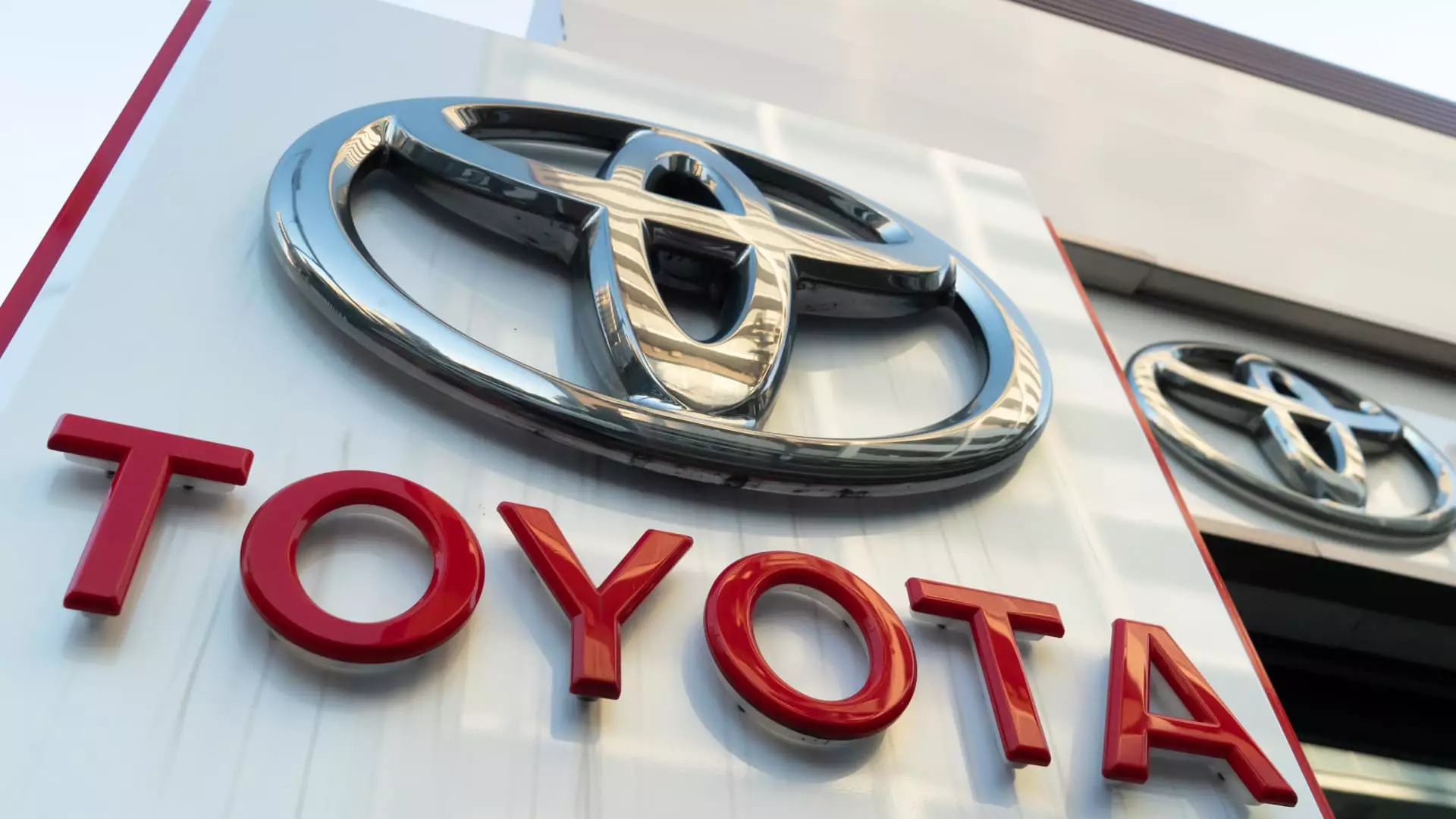In recent years, California has taken bold steps to lead the nation in the transition to electric vehicles (EVs). With mandates set by the California Air Resources Board (CARB) requiring that a considerable portion of new vehicles be zero-emission models, automakers are grappling with the implications of these regulations. Amid this landscape, Toyota Motor Corporation has come forward with stark warnings regarding the ambitious goals set forth by California, asserting that the proposed EV mandates for 2026 are not only unrealistic but could also diminish consumer choices across various states.
Understanding the Mandates
Current regulations under the “Advanced Clean Cars II” framework require that 35% of the 2026 model-year vehicles introduced next year be classified as zero-emission vehicles (ZEVs). This category includes battery-electric vehicles, fuel cell vehicles, and, to some extent, plug-in hybrid electric vehicles. However, Toyota’s chief operating officer, Jack Hollis, has raised significant concerns regarding the realistic attainability of these goals. He pointed out that there has been no comprehensive forecast indicating that the demand for such vehicles will reflect the stringent mandates. The imposition of these requirements could ultimately hinder the diversity of options available to consumers, bearing repercussions for automakers and buyers alike.
Despite the robust push from California, the latest data from J.D. Power revealed sobering statistics about EV adoption rates across various states. California, Colorado, and Washington are among the few states where electric vehicles and plug-in hybrids account for a significant share of the retail market, with California leading the pack at 27%. However, states like New York, New Mexico, and Rhode Island lag considerably, with figures well below the critical 20% threshold. On a national scale, the composite average of EV and plug-in hybrid sales sits at a mere 9%, raising questions about whether the infrastructure and consumer behavior can keep pace with the ambitious regulatory goals set forth.
The Distortion of the Automotive Market
Hollis has expressed his concern that if the EV mandates remain unchanged, they could lead to what he termed “unnatural acts” within the automotive industry. This situation arises when automakers disproportionately prioritize the production and distribution of electrified vehicles to meet regulatory pressures, thereby distorting the natural flow of supply and demand. Such actions may create disparities that could adversely affect dealerships and consumers, as products are channeled away from markets that show a more measured interest in EVs.
This phenomenon echoes the observations made by several industry insiders who have highlighted the need for a comprehensive approach to address the EV mandate issue. The evolving landscape of the automotive market necessitates discussions that transcend political affiliations and focus on the pragmatic steps that can be taken to facilitate a smoother transition to electric mobility.
Amid these challenges, Toyota has advocated for a unified national standard for vehicle emissions. Hollis articulated the perspective shared by many in the automotive sector—that establishing a singular set of regulations applicable across all states would contribute to a fairer playing field for all stakeholders. The desire for a “50-state rule” emphasizes the importance of uniformity, which would ensure equitable treatment of customers and dealerships, preventing states from enacting diverging policies that could further complicate the landscape.
As the nation anticipates the outcomes of the presidential election and its implications on EV regulations, there remains a palpable sense of uncertainty. There are concerns that shifting political tides could rekindle the contentious debates surrounding state emissions standards, complicating the ongoing discussions with CARB and the broader automotive industry.
In sum, the ambition behind California’s electric vehicle mandates embodies a significant stride toward a greener future, but it also presents a complex web of challenges. As leaders in the automotive industry like Toyota vocalize their concerns regarding feasibility, it becomes increasingly crucial for stakeholders to engage in collaborative discussions that align regulatory frameworks with market realities. Without such dialogue, the laudable goals of sustainability may inadvertently conflict with consumer choice and industry stability, jeopardizing the broader vision of an efficient and inclusive transition to electric mobility.


Leave a Reply